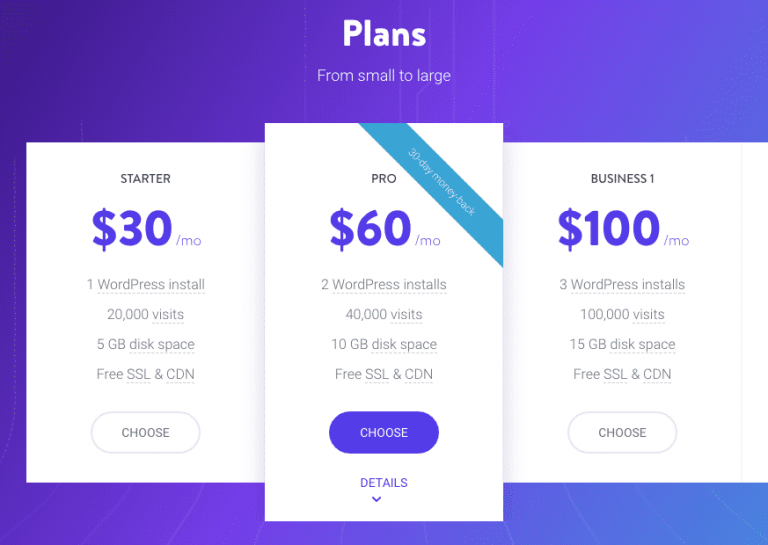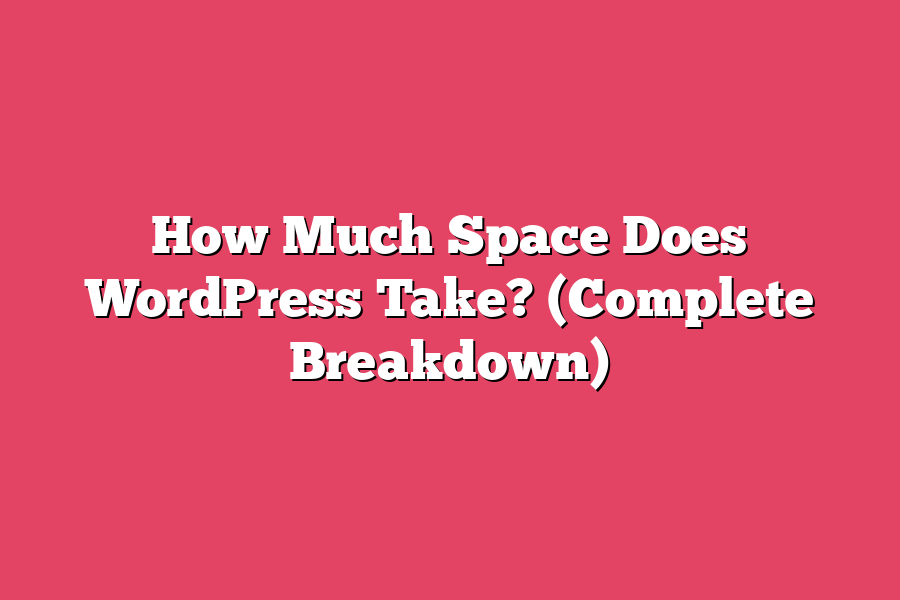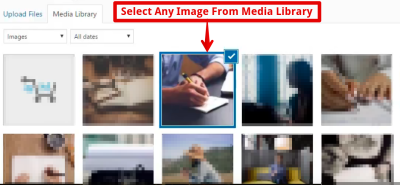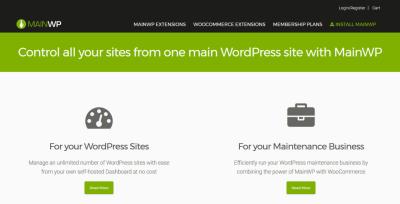If you’re just starting out with a new website or blog, free WordPress hosting can be an attractive option. It offers a chance to get your site online without any upfront costs, making it perfect for beginners, hobbyists, or those testing out ideas. While it might come with some limitations, the benefits often outweigh the drawbacks for small-scale projects. Free hosting providers usually handle the technical setup, so you can focus on creating content and growing your site. Plus, it’s a low-risk way to explore the world of website management without a financial commitment.
Typical Storage Limits Offered by Free WordPress Hosting Providers

One of the most important factors to consider with free WordPress hosting is storage space. Different providers set different limits, so it’s essential to understand what you’re getting. Here’s a quick overview of common storage allowances:
| Hosting Provider | Storage Limit | Notes |
|---|---|---|
| WordPress.com | Up to 3 GB | Includes basic features; upgraded plans available for more space |
| 000webhost | 300 MB | Limited storage suitable for small blogs or test sites |
| InfinityFree | Unlimited (with fair usage) | However, actual performance may be limited by server resources |
| ByetHost | 1 GB | Includes free PHP and MySQL support |
Most free hosts offer somewhere between 300 MB to a few gigabytes of storage. Keep in mind, these limits often include your media files, plugins, themes, and database data. If you plan to upload lots of images or videos, or run a busy site, you might hit these limits quickly. It’s always a good idea to check the specifics of each provider and consider whether their storage offerings fit your needs. Upgrading to a paid plan is usually straightforward if you need more space down the line, but for small or personal sites, the default limits often suffice.
3. Factors That Affect Your Storage Space Usage

When you’re using free WordPress hosting, it’s easy to assume that your storage space is just a fixed limit that you need to stay within. But in reality, several factors influence how quickly you might run out of space. Understanding these can help you manage your website more effectively and avoid unexpected limitations down the line.
First up, the size of your media files — like images, videos, and audio — plays a huge role. High-resolution photos and lengthy videos can quickly eat up your allocated space, especially if you’re publishing lots of content regularly. If you’re not careful, a few large images can fill up your entire storage.
Next, consider your plugins and themes. While many are lightweight, some can be quite large, especially if they include many features or are poorly optimized. Installing multiple plugins or themes that aren’t regularly cleaned up can gradually consume more storage.
Another often-overlooked factor is backups. Some free hosting providers automatically generate backups or store previous versions of your site, which can take up significant space over time. If these backups aren’t managed or deleted periodically, they can unexpectedly limit your available storage.
Additionally, spam comments and unused media files can pile up without you realizing it. Regularly cleaning your media library and comments can free up space and keep your website running smoothly.
Lastly, website growth factors—like increasing traffic leading to more data being stored in logs or cache files—also influence space. While caching is great for performance, if cache files aren’t cleared regularly, they can take up a surprising amount of space.
In summary, your storage is affected by a mix of content types, site management practices, and automated processes. Staying mindful of these factors helps you keep your site within your free hosting limits and avoid surprises.
4. How to Maximize Your Free Hosting Space Effectively
Maximizing your free WordPress hosting space doesn’t mean you have to sacrifice quality or functionality. With a few smart strategies, you can make the most of what’s available without hitting your storage limit prematurely.
First, optimize your media files. Use image compression tools like TinyPNG or ImageOptim to reduce file sizes without sacrificing quality. For videos, consider hosting them on platforms like YouTube or Vimeo and embedding them on your site instead of uploading large video files directly.
Second, regularly clean up your media library and delete unused images, videos, or files. Many plugins can help identify unused media so you can delete them en masse, freeing up space efficiently.
Third, be selective with plugins and themes. Only install what you truly need, and regularly review your plugins to deactivate or delete those that are no longer in use. Lightweight, well-coded plugins help keep your site lean and reduce unnecessary storage use.
Fourth, manage your backups wisely. If your host creates backups automatically, check how often they’re stored and delete old backups you no longer need. Alternatively, use external backup solutions that store backups outside your hosting environment, saving space on your server.
Fifth, utilize caching plugins like W3 Total Cache or WP Super Cache. These tools not only speed up your site but also help reduce server load and storage by minimizing redundant data storage.
Lastly, monitor your website’s storage usage regularly. Many hosting dashboards offer simple tools to see what’s taking up space. Keep an eye on your media library, backups, and logs to catch any issues early.
| Tip | Action |
|---|---|
| Compress Media Files | Use tools like TinyPNG before uploading images to reduce size. |
| Clean Up Unused Files | Delete media, plugins, or themes that are no longer needed. |
| Limit Backup Storage | Delete old backups or use external storage options. |
| Optimize Site Performance | Use caching plugins to reduce data redundancies. |
| Regular Monitoring | Check storage stats frequently to stay aware of usage. |
By implementing these strategies, you’ll ensure your site remains healthy and within the limits of your free hosting plan. It’s all about being proactive, organized, and making smart choices about your content and site management. Happy hosting!
5. Considerations for Upgrading from Free to Paid Hosting Plans
Deciding to move from a free WordPress hosting plan to a paid one is a big step, but it’s often a necessary one as your website grows. Before making the leap, it’s helpful to consider a few key points to ensure a smooth transition and to get the most value out of your investment.
First, assess your current needs and future goals. Are you experiencing slow load times, frequent downtime, or limited storage that hampers your website’s performance? If so, upgrading might be the right move. Paid plans usually offer more bandwidth, storage, and features that free options simply can’t match.
Next, look into the different types of paid hosting plans available. Some common options include:
- Shared Hosting: Affordable and suitable for small to medium sites.
- VPS Hosting: Offers more resources and control, great for growing websites.
- Managed WordPress Hosting: Optimized specifically for WordPress, often including automatic updates and security features.
When comparing plans, pay close attention to:
| Feature | What to Look For |
|---|---|
| Storage | Ensure you have enough space for your media, plugins, and backups. Look for plans offering at least 10GB for small sites, more if you handle large media files. |
| Bandwidth | Check if the plan provides sufficient data transfer limits, especially if you expect high traffic. |
| Performance | Consider plans with SSD storage, CDN options, and caching features for faster load times. |
| Support | Look for reliable customer support, ideally 24/7 availability, especially if you’re not very technical. |
| Security | Features like SSL certificates, daily backups, and malware scanning are crucial for protecting your site. |
Lastly, think about your budget and the long-term value. Sometimes paying a little more upfront can save you time, frustration, and potential revenue loss due to downtime or sluggish performance. Many providers also offer introductory discounts, so it’s worth shopping around and reading reviews.
6. Conclusion and Tips for Choosing the Right Hosting Solution
Understanding your hosting space limits on free WordPress plans is just the first step. As your website evolves, so should your hosting setup. Upgrading from free to paid hosting can unlock new possibilities—better performance, more security, and increased flexibility—so it’s worth considering when you hit those space or bandwidth caps.
When choosing the right hosting solution, keep these tips in mind:
- Identify your website’s needs: Consider your traffic levels, media content, and future growth plans.
- Prioritize performance and security: Look for hosts offering SSD storage, CDN integration, SSL certificates, and backups.
- Compare plans carefully: Don’t just go for the cheapest option. Evaluate features, support quality, and scalability.
- Read reviews and seek recommendations: Community feedback can reveal real-world experiences and potential issues.
- Start small, then scale: Choose a plan that fits your current needs but can be upgraded as your website grows.
Remember, your hosting choice can significantly impact your website’s success. Take the time to do your research, understand your options, and select a plan that aligns with your goals. With the right hosting, you’ll enjoy a smoother experience, better performance, and a happier audience.


